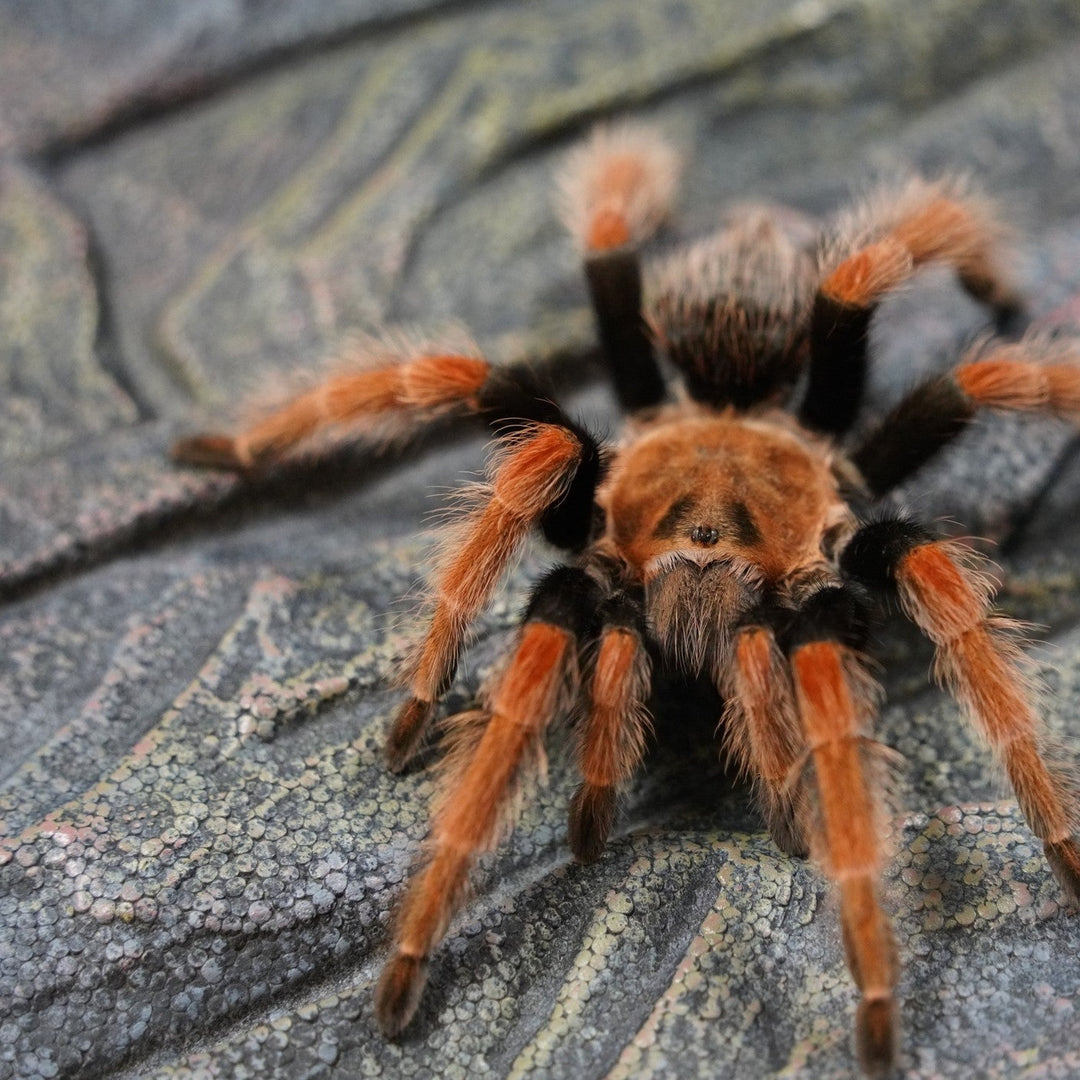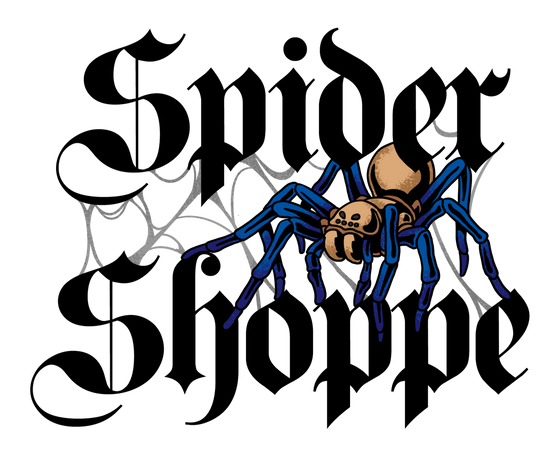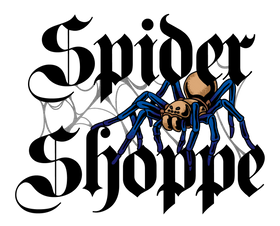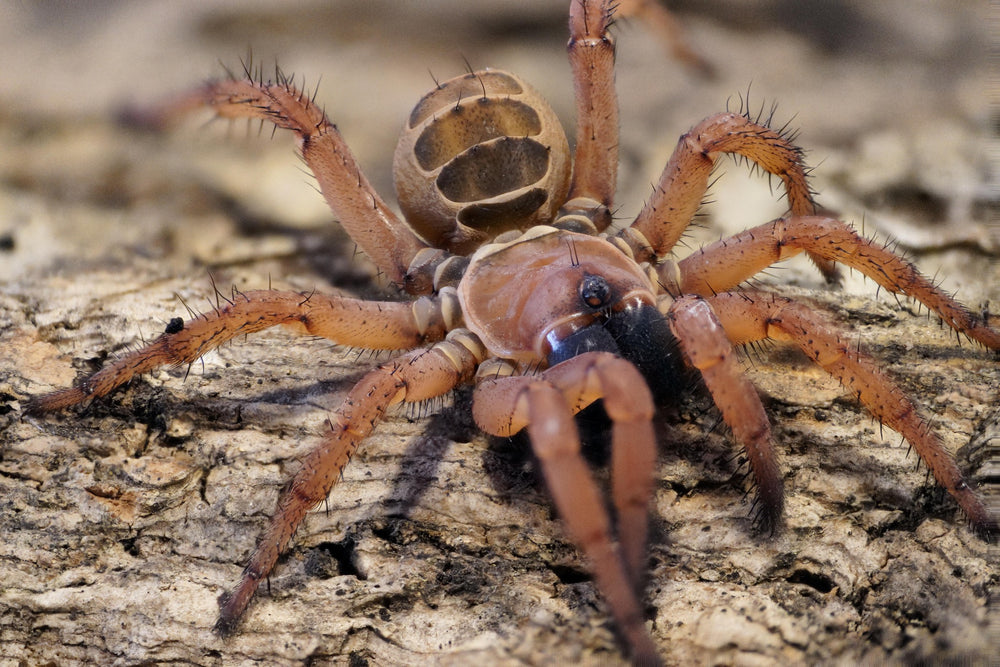
Brachypelma boehmei (Mexican Fire Leg) 0.375"
- Live Arrival Guarantee
- Live Animals Ship FedEx Priority Overnight (Mon-Weds)
- In stock, ready to ship
- Inventory on the way
The Mexican Fireleg Tarantula Brachypelma boehmei Schmidt hails from the Pacific coast of southern Mexico and is highly sought after for good reason. Mature specimens sport intense fiery red on their legs from the patella through metatarsi, which contrast sharply with gradients of gray to jet black on the femurs, tarsi, abdomen and chelicerae. If that is not enough, the carapace looks like it burns with a more subdued orange, like an ember.
B. boehmei is built like a tank and resides in dry coastal thorn forests, constructing their burrows under large rocks and through dry brush thickets. These spiders are therefore tough as nails in dry, well-aerated microhabitats. Like other Brachypelma, B. boehmei starts out life growing slowly, but after reaching approximately one inch in leg span, their growth rate increases. As inhabitants of extremely dry, desert habitats, these tarantulas are built and wired for a windfall existence. Food and water are scarce, and temperatures can fluctuate dramatically from day to night. These spiders make use of what shelter they can and B. boehmei has an exceptionally powerful feeding response to ensure they can tackle the rare prey item that comes their way in nature. In captivity, spiderlings ferociously pursue prey at feeding time, sometimes even jumping to grab insects out of tongs.
Keeping its breezy coastal dry thorn forest habitats in mind– B. boehmei requires excellent ventilation and very dry, airy substrate after the spiderling stage. A low and wide simple terrestrial enclosure with cross ventilation (e.g. critter keeper) works well. The substrate should be coarse grained, airy and not too water-retentive. Some examples of a suitable substrate are dry cactus mix or organic wood pulp-compromised garden soil mixes with added perlite or pumice to increase porosity.
Spiderlings of Brachypelma are especially sensitive to lack of adequate ventilation and excessive moisture. Many standard rearing vials for spiderlings can be problematic as they tend to be too small, provide too little ventilation, and hold moisture too well for this species to stay healthy. Therefore, it is safest to house spiderlings in ~16oz containers with cross ventilation. For spiderlings, just mist one corner of the enclosure sparingly, keeping the substrate barely moist.
As one of the most defensive members of the genus, Brachypelma, B. boehmei is not for handling and will not hesitate to flick copious urticating hairs at a perceived threat. To add insult to injury, the urticating hairs of B. boehmei can be extremely irritating upon contact with skin, so caution is advised when moving these spiders or cleaning out their cages. If you are looking for a stunning arid land tarantula with breathtaking color, you do not want to pass up B. boehmei.

Info on our shipping policy can be found on our T&C page.



